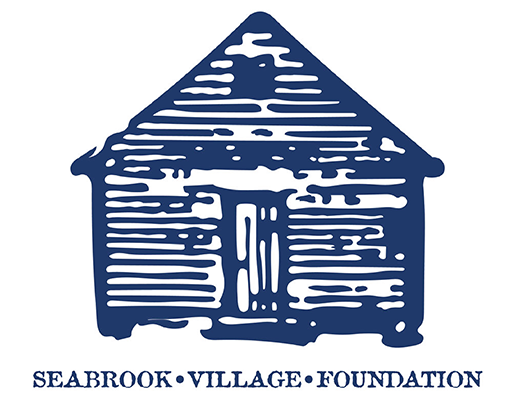What is Seabrook Village?
Seabrook Village lies in the coastal region of eastern Liberty County, Georgia. Within this environment, the Plantation production of rice, indigo and cotton thrived during the eighteenth and nineteenth centuries. After Emancipation, many African-Americans living in Liberty County acquired small plots of land, giving them the same sense of opportunity white colonists had experienced a century earlier. Land ownership and stewardship went hand in hand as they undertook small scale farming, oystering and shrimping. Their agricultural successes carried over into their educational and religious traditions as well.
Your Seabrook tour consists of tangible reminders from this rural, African-American past – a past with elements still prevalent in today’s Seabrook community. Restored houses, personal artifacts, domestic gardens and the rural landscape convey the legacy of a religious, self-sufficient, turn-of-the century, African-American community. Keep in mind that within this concentrated setting, you will encounter intangible features as well – namely, a community spirit set within African and Christian spiritual traditions.
On the outskirts of the Seabrook Village lie two churches – the Palmyra Church and Sunbury Missionary Baptist Church. Resting in each church cemetery are the individuals responsible for the representations you are about to witness. They were the participants in a dynamic African-American community that lived their daily lives in a way many Americans once knew. It was a simpler time, when people ‘made do’ through innovation, resourcefulness, and creativity within a limited and difficult environment. Sharing cooperation was a way of life and reliance on neighbors was a source of survival.
Spiritual, educational, and agricultural themes run through the Village. While the educational and agricultural details are clear, we ask that you look closely and try to grasp the spiritual qualities which are more difficult to display. As you walk through electricity, running water, and modern comforts. While many Seabrook families did not have the income to build a large house, few placed much importance on it. To them, success and dignity came from religious devotion, agricultural work, sharing and barter exchange, and a great deal of cooperation between family and community.
On your tour you’ll view restored, reassembled, and recreated buildings and gardens in a rural village setting that replicates the Seabrook community from 1880 to 1930. Specifically, you’ll see a schoolhouse, the interiors and exteriors of typical houses and agricultural structures, vegetable and decorative gardens, and equipment used for sugar cane crushing, hog butchering, and corn grinding.
In many ways, Seabrook Village reaches back to the past to teach us something about the present. As water and cornmeal are bound together to make cornbread, your tour shows how an African-American community was bound together by simple ingredients which resulted in a wholesomeness and stability longed for in much of today’s society.





